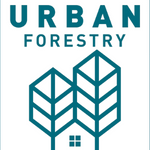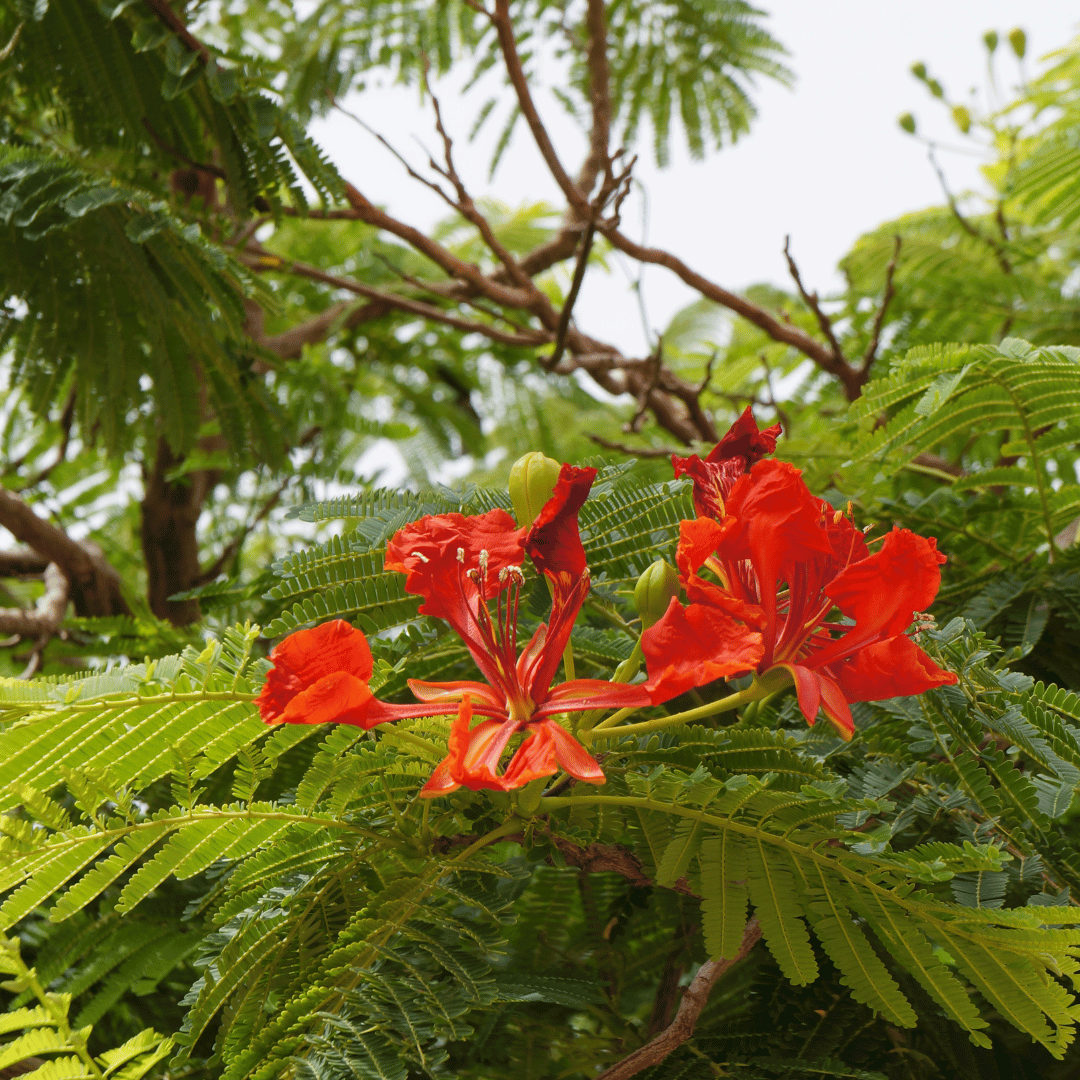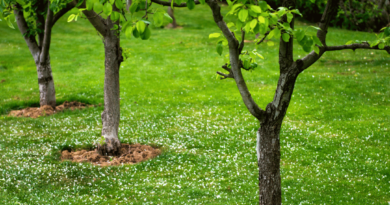10 trees that are known to be beneficial for biodiversity in Nairobi
Biodiversity is an essential aspect of any ecosystem, and trees play a crucial role in maintaining it. Nairobi, the capital city of Kenya, is home to a wide variety of tree species that provide habitats and food sources for various forms of wildlife. In this article, we will explore 10 tree species that have been identified as being particularly beneficial for biodiversity in Nairobi. These trees have been selected for their ability to thrive in the local climate, their ability to provide food and shelter for wildlife, and their overall ecological significance. This chapter will provide an overview of these tree species, including their characteristics, ecological roles, and conservation status. Additionally, it will provide references for further research and study of these trees.
- Acacia xanthophloea (Fever Tree) – Known for its ability to thrive in dry conditions and provide a habitat for various bird species.
- Cassia abbreviata (Sickle Bush) – A drought-tolerant tree that provides food and shelter for wildlife.
- Delonix regia (Flame Tree) – A beautiful ornamental tree that attracts pollinators and provides food for fruit-eating birds.
- Erythrina abyssinica (Abyssinian Coral Tree) – A small tree that provides nectar for bees and butterflies.
- Ficus sycomorus (Sycamore Fig) – A large tree that provides food and shelter for a variety of wildlife, including primates and birds.
- Maerua angolensis (Camel Thorn) – A drought-tolerant tree that provides food and shelter for various bird species and mammals.
- Pterocarpus angolensis (Mukau) – A tree that provides food and shelter for various bird species and mammals.
- Pterocarpus rotundifolius (Round-leaved Teak) – A tree that provides food and shelter for various bird species and mammals.
- Tamarindus indica (Tamarind) – A tree that provides food and shelter for various bird species and mammals.
- Ziziphus mucronata (Buffalo Thorn) – A drought-tolerant tree that provides food and shelter for various bird species and mammals.
References:
- “Trees and Shrubs of the Nairobi National Park” by John Owen and John Cordeaux
- “A Guide to the Trees and Shrubs of the Nairobi Area” by E.F. Phillips and J.R. Timberlake
- “Biodiversity of Nairobi: A Guide to the Natural Heritage of Kenya’s Capital City” by Paul G. R. Matiku and Francis G. D. Njeruh
- “Field Guide to Trees of East Africa” by David A. Johnson and Mark W. Hyde




